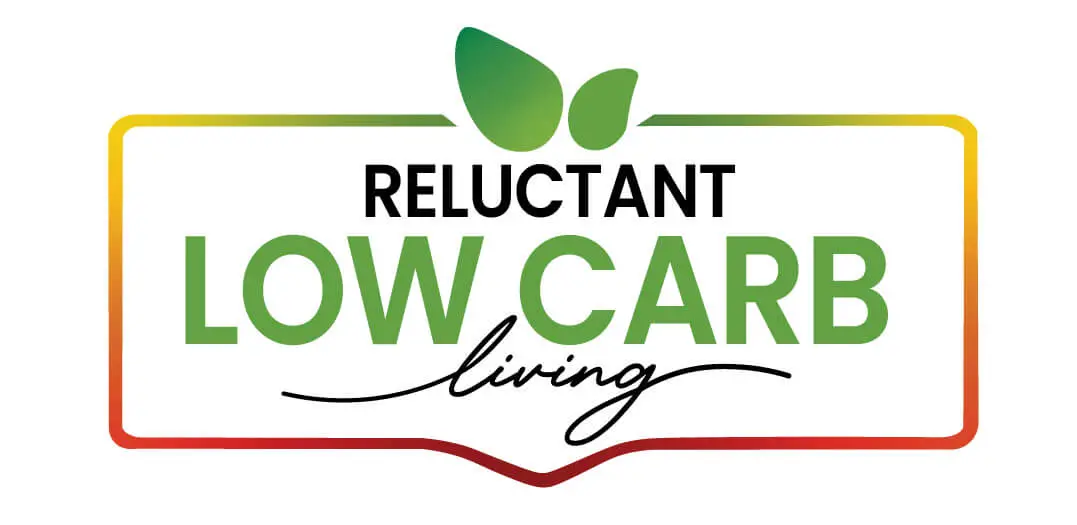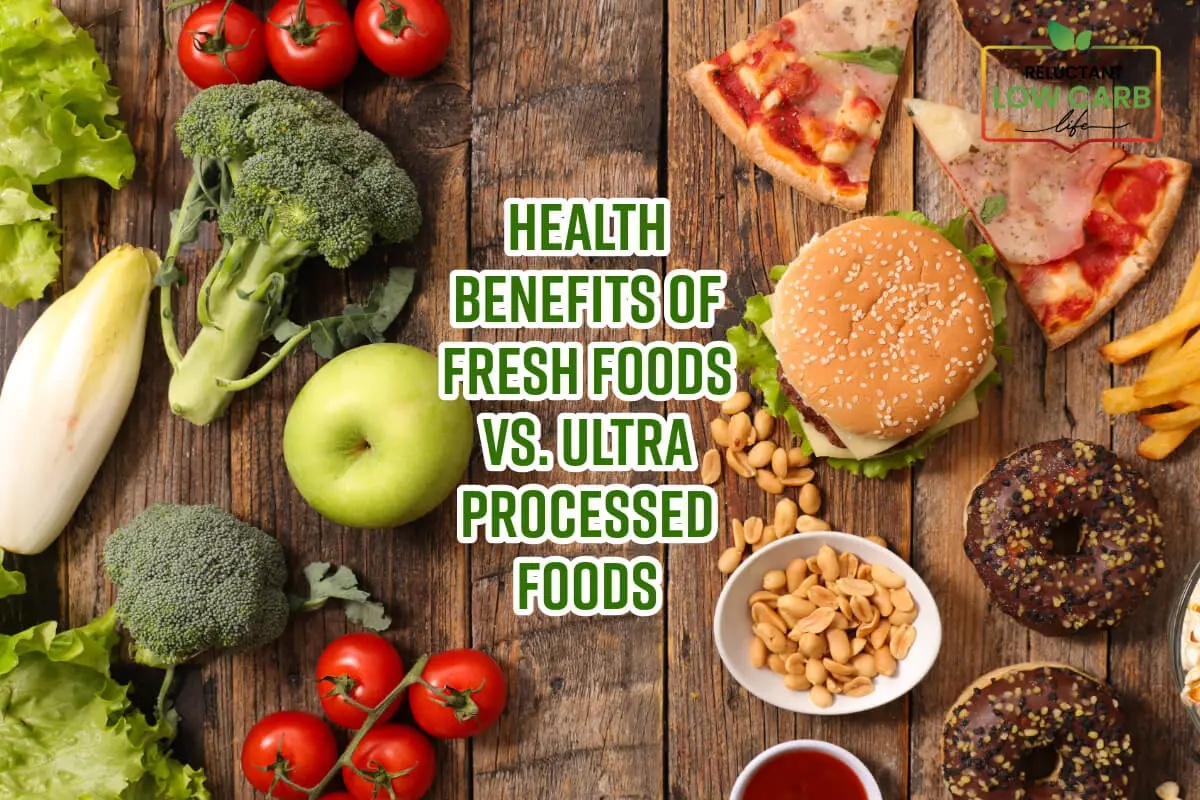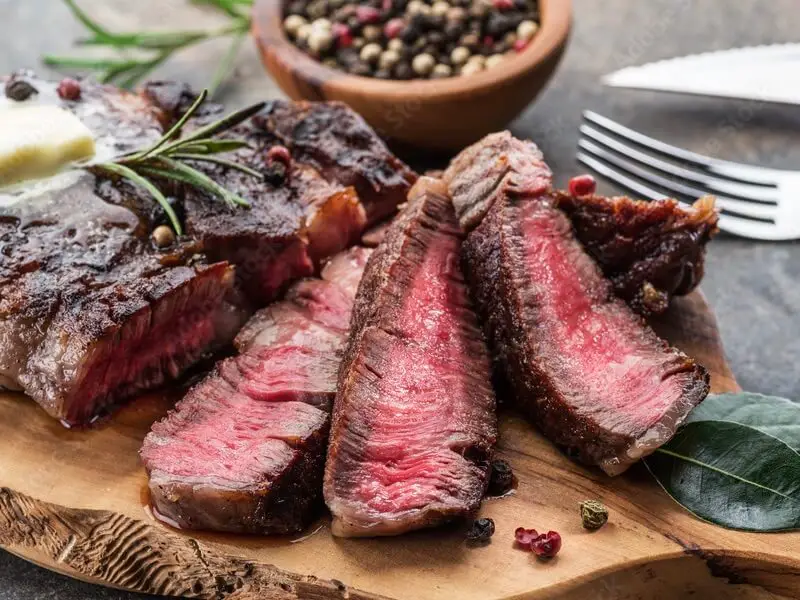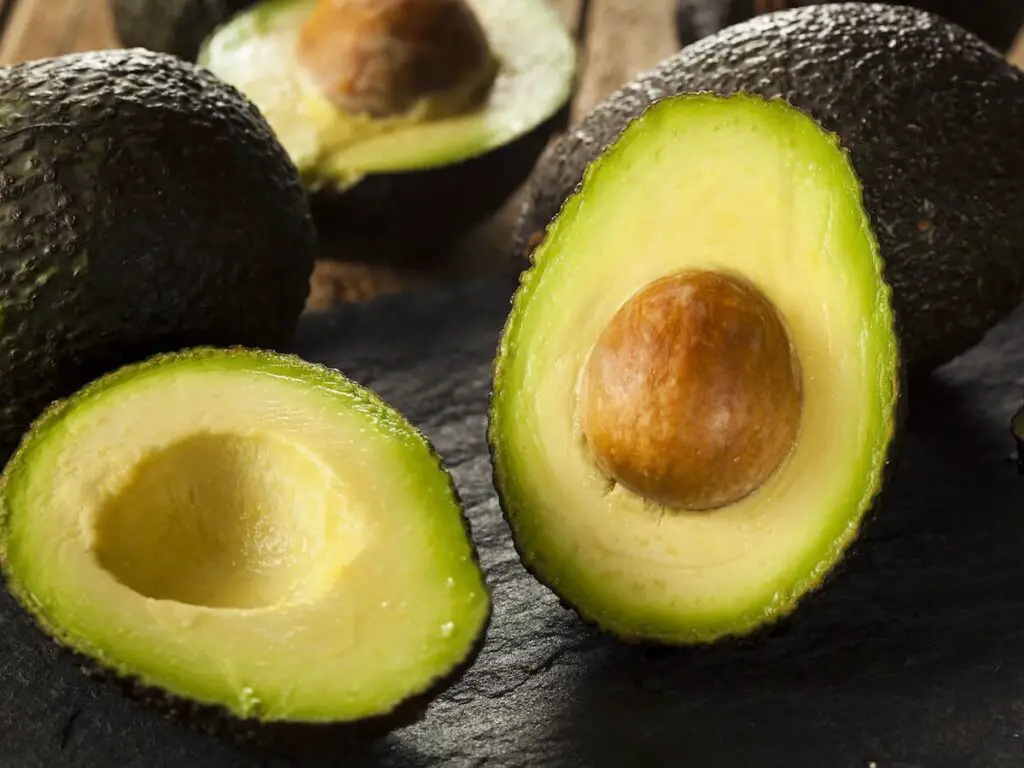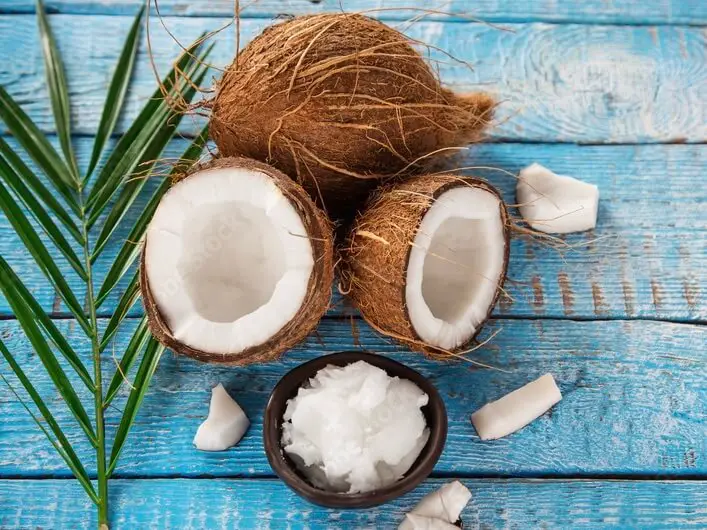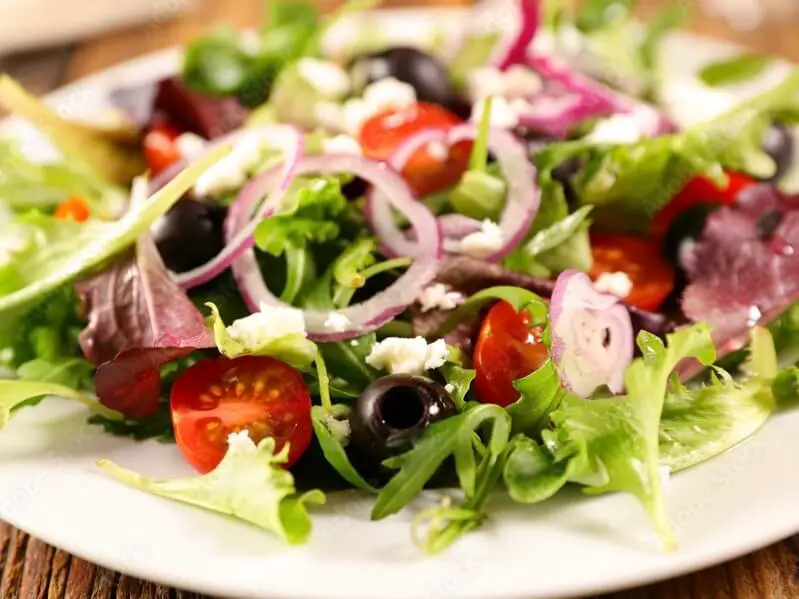We’re enthusiasts of the low-carb lifestyle and fervent supporters of consuming fresh foods whenever feasible. We’re convinced that strictly fresh or minimally processed foods are the most effective approach for maintaining a healthy lifestyle.
Regrettably, the modern diet is increasingly dominated by ultra-processed foods rather than semi-processed or fresh alternatives. When foods undergo extensive processing, they become almost unrecognizable, straying far from their original form due to the many chemicals added—substances foreign to food in its natural state. We aim to delve deeper into the distinctions between ultra-processed and fresh foods, underscoring the importance of preserving the essence of what we consume for our health.
Table of Contents
- Understanding Ultra-Processed Foods: What Are They And Examples
- Exploring Fresh And Minimally Processed Foods: The Core Of Nutrient-Dense Healthy Eating
- From Orchard To Fast Food: The Transformation Of An Apple From Fresh And Nutrient-Rich To Ultra-Processed Food
- Embracing The Reluctant Low-Carb Lifestyle: The Power Of The Nutritional Trifecta For Sustained Well-being
- Related Question
Understanding Ultra-Processed Foods: What Are They And Examples
Having discussed the characteristics of highly processed foods, you might be curious about the specific types of food and drinks classified as ultra-processed.
Examples Of Ultra Processed Foods
Common examples of ultra-processed foods include:
- Sugary drinks like sodas, sweetened coffees, energy drinks, and fruit punches
- Packaged snacks, both sweet and savory, such as cookies and chips
- Cereals with added sugars like Froot Loops, Trix, and Cinnamon Toast Crunch, along with sweetened oatmeals
- Mixes for baking items like cakes, cookies, and brownies
- Reconstructed meats, including hot dogs and fish sticks
- Frozen meals, including pizzas and TV dinners
- Instant soups in powdered or packaged forms
- Candies and sweets
- Packaged breads and buns
- Nutritional bars and shakes, including those for energy, protein, or meal replacement
- Processed pasta dishes in boxes
- Desserts and dairy products like ice cream and sweetened yogurts
- Ultra-processed spreads, such as margarine and sweetened cream cheeses
This list is incomplete, as the category encompasses many other food items and ingredients deemed ultra-processed.
Identifying these foods isn’t always straightforward, making reducing their presence in one’s diet a challenge.
Some Chemicals And Artificial Substances In Ultra Processed Foods
To spot highly processed foods, examining the ingredient labels is crucial. Look for components such as:
- Artificial colors and flavors
- Preservatives and thickeners
- Hydrolyzed proteins
- Various sweeteners like fructose, high fructose corn syrup, and maltodextrin
- Hydrogenated or interesterified fats
- Agents that alter texture, such as those that bulk, foam, or gel
- Flavor enhancers, including monosodium glutamate (MSG)
Navigating the complex world of food additives can be daunting, making it hard to recognize all the items listed on labels. A general rule of thumb is to be wary of packaged items, which constitute the bulk of grocery store offerings, and foods containing ingredients not found in a home kitchen or your grandmother’s pantry.

Exploring Fresh And Minimally Processed Foods: The Core Of Nutrient-Dense Healthy Eating
Fresh or minimally processed foods, such as fresh vegetables, fruits, pasteurized milk, chicken, fish, beans, and eggs, undergo little to no processing before they reach your plate or before you pick them yourself. These items are often labeled as “whole foods” because they retain their natural, whole state or are very close to it.
Since these foods undergo little to no processing, they are deemed healthy choices. Anything that remains fresh or has undergone minimal processing, including items like cheese, falls into the category of healthy foods and food that is also nutrient-rich. When food is nutrient-rich, it will help you to feel full longer and give you more satiety
Examples Of Nutrient Rich Or Healthy Foods
Key examples of nutrient-rich, whole foods include:
- Fresh, frozen, or unsweetened dried vegetables and fruits
- Whole grains like brown rice, quinoa, and buckwheat
- Legumes, including beans and lentils
- Starchy roots such as potatoes, cassava, and sweet potatoes
- Fresh meats, poultry, eggs, and fish
- Fresh or pasteurized milk and plain yogurt
- Pure fruit or vegetable juices
- Natural herbs and spices
- Tea and coffee without added sugars
- Nuts and seeds
Foods crafted from these whole ingredients, like homemade granola made from oats, dried fruits without added sugars, or polenta from whole cornmeal, are also considered minimally processed. This classification extends to certain oils extracted from whole foods, such as olive and avocado oil, highlighting them as healthful options.
The term “healthy” often brings confusion and might inadvertently cast a shadow over processed foods. Instead, focusing on “nutrient density” provides a clearer picture. Nutrient-dense foods are packed with vitamins, minerals, and other beneficial nutrients per serving, making them a superior choice for maintaining a balanced diet.
Nutrient-dense foods, often synonymous with healthy or fresh foods, have the added benefit of keeping you satiated for extended periods. In other words, by consuming fresh and minimally processed foods, you won’t need to eat as frequently, and you’ll feel fuller after meals, reducing the sensation of hunger.
While many items listed above undergo some level of processing, they remain far more nutrient-dense compared to ultra-processed alternatives. This distinction underlines the importance of choosing foods as close to their natural state as possible for optimal health benefits.

From Orchard To Fast Food: The Transformation Of An Apple From Fresh And Nutrient-Rich To Ultra-Processed Food
It’s enlightening to trace the journey of a simple apple to deeply understand how food transforms from its natural, nutrient-rich state to a highly processed, often less healthy form.
An apple epitomizes fresh food when plucked from the tree and consumed raw. It’s bursting with vitamins, fiber, and other essential nutrients, making it a quintessential example of a wholesome, unprocessed snack.
However, apples begin to deviate from their original, nutrient-dense state as soon as they undergo processing. Consider, for instance, apple slices available at supermarkets. Although minimally processed, these pre-cut fruits are slightly less nutritious than their whole counterparts.
The exposure to air from slicing accelerates oxidation and vitamin loss. Despite this, these convenient, ready-to-eat slices are still recognized as a healthy, albeit slightly processed, option.
The journey continues when the apple is transformed into applesauce. In making applesauce, especially when no added sugars are involved, the apple loses a portion of its original freshness and some nutrient value due to the cooking process, which can break down specific vitamins and change the fruit’s fiber content.
Despite these changes, homemade applesauce with no added sugars retains much of the apple’s original nutritional profile and is deemed a healthy choice.
The transformation reaches its zenith when the apple becomes an ingredient in fast food, such as a McDonald’s apple pie. At this stage, the apple is not only far removed from its fresh, whole state. Still, it is also combined with ingredients like sugar, fats, and preservatives, transitioning it into an ultra-processed food category.
This version of the apple offers significantly reduced nutritional value, with added sugars and fats contributing to its unhealthy profile. The fiber content is minimized and added calories and unhealthy fats vastly overshadow the natural vitamins and minerals.
This progression from a fresh, whole apple to a component of an ultra-processed fast food item exemplifies the dramatic shift foods can undergo. It highlights how foods can transform from nutrient-dense to nutrient-poor, illustrating the impact processing has on food quality and healthfulness.
Observing this transformation emphasizes the importance of consuming foods closer to their natural state to maximize nutritional benefits and minimize health risks associated with processed foods.

Embracing The Reluctant Low-Carb Lifestyle: The Power Of The Nutritional Trifecta For Sustained Well-being
We stand as staunch advocates for what we consider the pillars of health: consuming foods that sustain fullness for extended periods, prioritizing fresh produce, and incorporating daily physical activity into our routines.
This holistic approach, we argue, paves the path to an optimal way of life, representing the pinnacle of lifestyle choices one can make. By deliberately selecting nutrient-dense and fresh foods, we align ourselves with this philosophy, embodying the essence of these lifestyle choices even amidst our tentative embrace of a low-carb regimen.
This framework fuels our bodies more effectively and fosters a sense of well-being that permeates every aspect of our lives, making it a profound declaration of our commitment to health and vitality.
You Can Listen To Our Podcast About
Fresh Foods or Ultra-Processed: What’s Best for Your Health?
Below or By clicking here.
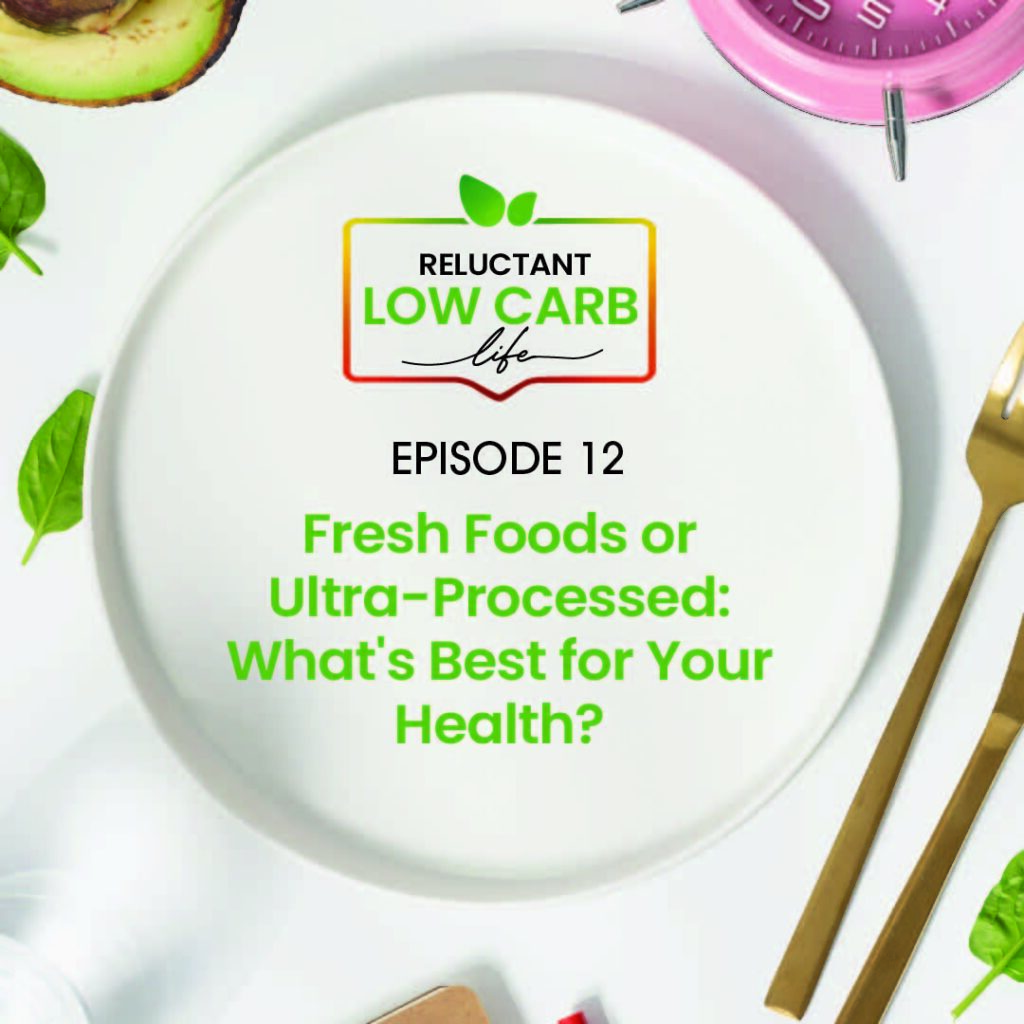
At Reluctant Low Carb Life, we are staunch advocates of the Health Trifecta: Fullness, Fitness, and Freshness. Additionally, we embrace the pillars of health, wellness, and graceful aging. Our mission is to provide honest and precise information to individuals dedicated to adopting a healthy lifestyle while enhancing their fitness and well-being.
We have a free monthly newsletter that is filled with information and helps you remain updated. Subscribe to the Reluctant Low Carb Life newsletter by clicking here.
Listen to our weekly podcast, Reluctant Low Carb Life, on all the major podcast platforms by clicking here.
Follow us on Instagram and Facebook by clicking here.
Related Question
10 Lessons From The US Army’s “Fat Camp” For Transforming Lives
Fort Braggs implemented a 90-day program known as “Army Prep” or “Fat Camp” to prepare potential recruits for the Army’s basic training to address this issue. At Reluctant Low-Carb Life, we love the idea of the ‘Fat Camp,” and we feel there are many things we can learn from this concept. Read on as we explore ten lessons we can learn from the US Army Fat Camp concept.
You can read more about 10 Lessons From The US Army’s “Fat Camp” For Transforming Lives by clicking here.
What Is The Best Low Carb Diet Plan?
The carb diet plan is more than just a diet you follow; it is a way of eating. To be successful on the low-carb diet, you need to change how you think about food and the foods you eat. You can eat protein from meat, seafood, and eggs, vegetables that grow above the ground, and fats on a low-carb diet. You should avoid all sugar, carbs, and starches.
You can read more about What Is The Best Low Carb Diet Plan? by clicking here.
The Benefits Of Daily Weighing: A Key Habit For Weight Management
Daily weighing is essential to help you lose weight and maintain a healthy lifestyle. While some may be hesitant to step on the scale each day, understanding the reasons behind this practice can highlight its significance in both weight loss efforts and weight maintenance. Read on as we explore the benefits of daily weighing and why it can help you stay accountable and make necessary adjustments to your lifestyle.
You can read more about The Benefits Of Daily Weighing: A Key Habit For Weight Management by clicking here.
